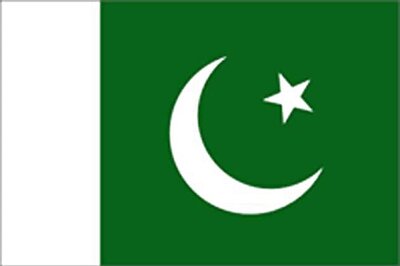
views
Amid heatwave conditions in the capital and increased power consumption, AAP Minister Satyendra Jain said on Friday that Delhi had successfully met the ever-highest electricity peak demand of 7323 MW in the day.
He conveyed his ‘heartiest congratulations’ to the Delhi power sector for ‘this achievement’.
Delhi successfully met ever highest electricity peak demand of 7323 MW today. Heartiest congratulations to Delhi power sector for this achievement .— Satyendar Jain (@SatyendarJain) July 2, 2021
Delhi reeled under heatwave for a third day on the trot and recorded a maximum temperature of 43.1 degrees Celsius on Thursday, the highest in July since 2012, with the India Meteorological Department (IMD) saying there is “no chance” of monsoon reaching the city till July 7.
However, light rain was witnessed in some parts of the capital towards the evening on Friday.
The maximum temperature recorded at the Safdarjung Observatory, which provides representative data for the city, stood at 43.1 degrees Celsius, the highest for the month of July in nine years. The minimum temperature settled at 31.7 degrees Celsius.
The capital had recorded a maximum of 43.5 degrees Celsius on July 2, 2012.
The city’s peak power demand was pushed to 7,026 MW on Thursday afternoon, the highest in this season so far.
The season’s previous peak of 6,921 MW was recorded just a day earlier on Wednesday.
The highest maximum temperature for July last year was 41.6 degrees Celsius. It was 42.2 degrees Celsius in 2019, 40.1 degrees Celsius in 2018, 38.5 degrees Celsius in 2017 and 39.8 degrees Celsius in 2016 and 2015.
A severe heatwave baked Lodhi Road (43 degrees Celsius), Ridge (43.9), Narela (43.4), Najafgarh (44) and Pitampura (44.3), where the maximum temperature was at least seven degrees Celsius above normal.
For the plains, a “heatwave” is declared when the maximum temperature is more than 40 degrees Celsius, and at least 4.5 notches above normal.
A “severe” heatwave is declared if the departure from normal temperature is more than 6.5 degrees Celsius, according to the IMD.
On Tuesday, Delhi recorded the first heatwave of this summer with the mercury levels increasing to 43 degrees Celsius.
On June 29 of last year, Delhi’s peak power demand was 6,314 MW. On July 2, 2019, it reached an all-time high of 7,409 MW. The peak demand in 2018 was 7,01 6MW, which was recorded on July 10.
“Delhi’s peak power demand recorded last year (6314 MW) was lower because of the nationwide lockdown. Moreover, in June 2020, Delhi’s peak power demand crossed 6,000 MW only on one day that month. This year, however, Delhi’s peak power demand is expected to be in the range of 7,000 MW to 7,400 MW, though the estimates were around 7,900 MW,” a power department official told the Hindustan Times.
BSES Rajdhani Power Limited (BRPL) and BSES Yamuna Power Limited (BYPL) reported they met peak power demand of 2933 MW and 1598 MW, respectively, in their respective districts.
On Thursday afternoon, Tata Power Delhi Distribution Limited fulfilled a peak power demand of 2039 MW, the highest so far this season, without any network constraints or power outages, according to a TPDDL spokesperson.
According to reports, energy usage, particularly electricity and refinery products, is typically connected to total economic demand. Industrial and agricultural consumption account for 41.16 percent and 17.69 percent of India’s overall electricity demand load patterns, respectively. The percentage of commercial electricity consumption is 8.24 percent.
Read all the Latest News, Breaking News and Coronavirus News here.


















Comments
0 comment